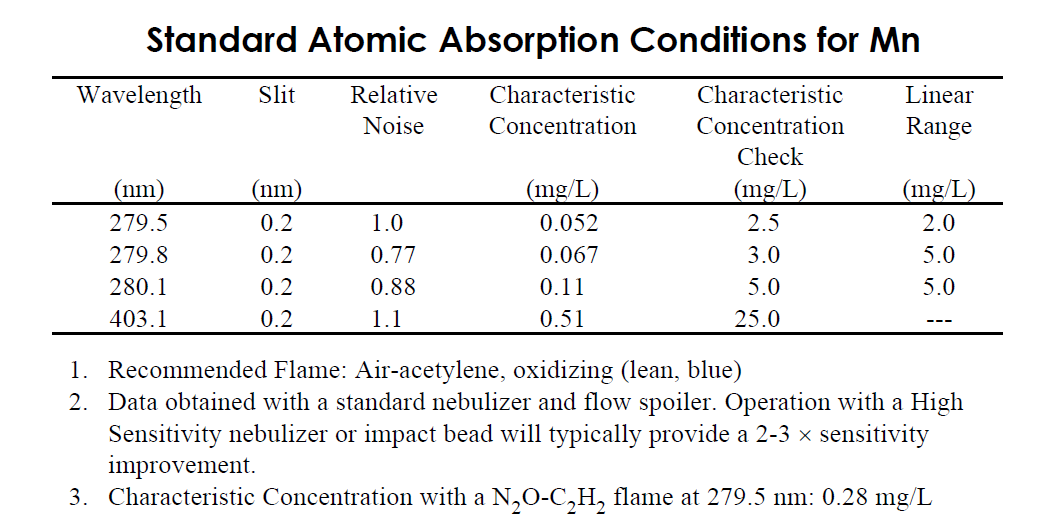Overview: I am looking to determine what ppm values of trace metals are present in a particular formula while considering digestion, dilution, and detection limits for ICP-OES. For example, one serving is 15 g of powdered formula which is then dissolved in 150 mL of solution, according to the label. The label reads 15 micrograms of Mn.
Goal: Find concentration of a metal from analysis of 1 g of formula digested and then diluted to 100 mL.
Attempt: 15 micrograms of Mn per 15 g of powdered formula. As that microgram/g is equivalent to ppm (15ug/15g = 1.0 ppm), there should be 1 ppm of Mn per 15 g of dry formula.
Taking 1 g of the formula, digesting it, and diluting to 100 mL: 100mL/1g x (X read) = 1 ug/g (ppm)
The AAS or ICP-OES read value should then be 0.01 ppm.
This would be well within the detection limit for ICP-OES. However, I am not sure if my above approach is correct. Is there something obvious that I am missing? Any insight would be appreciated.

